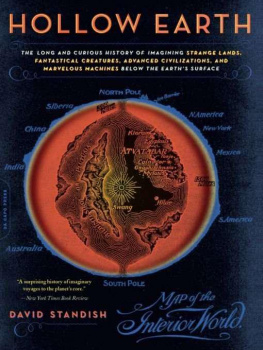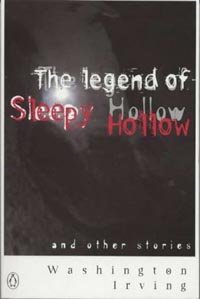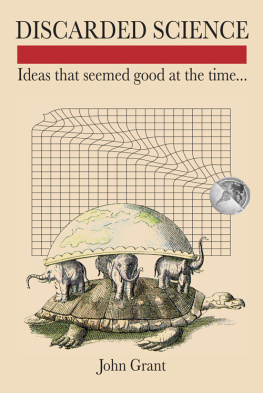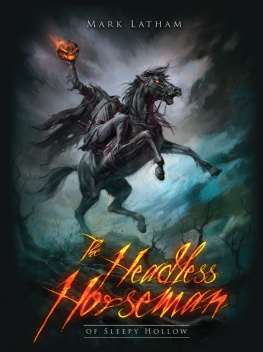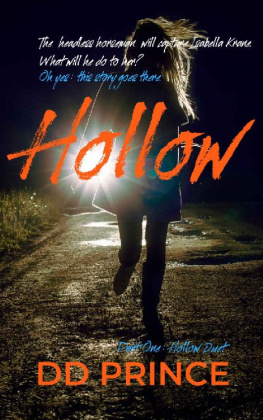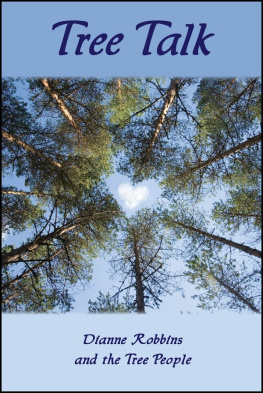Table of Contents
PRAISE FOR HOLLOW EARTH
A surprising history of imaginary voyages to the planets core entertaining Standishs research is impressive.
New York Times Book Review
Standish has an engaging affection for his cast of fantasists and misguided visionaries.
The New Yorker
Gives us fascinating and often bizarre tales Hollow Earth is full of lively illustrations and curious lore. Standish is a good explorer of the dusty corners of history, science and popular myth. His prose is clear and often humorous Hes a good guide to the imaginary hollows.
Los Angeles Times Book Review
Standish treat[s] us to a chronicle of fantasies in life and literature about subterranean worlds Spelunkers of the imagination may enjoy this guide to a place not found on any map.
Wall Street Journal
Lively and intriguing.
Boston Sunday Globe
Standish proves a shimmering, informed guide displaying a genuine care and admiration for those whose creations were scientifically, socially, or literarily worthy, or at least deeply, appealingly eccentric smart and closely read.
Chicago Tribune
[Hollow Earth] basks in the lurid glow of a theory whose hypnotic appeal will long outlive its rational plausibility.
Village Voice
Fans of Jules Verne, pulp-fiction adventure stories, and schlocky 1950s movies will get a thoughtful laugh out of Hollow Earth A thoroughly enjoyable and fascinating read.
Popular Science
The hole story is semi-tortuous and often quite amusing. A journey, so to speak, to the center of mirth.
San Diego Union-Tribune
The single strangest and most fascinating book published so far this year a marvel.
Palm Beach Post
Standish seems to have a genuine affection for his assorted crackpots and dreamers, and he provides an amusing tour of their various underground utopias a fun romp.
Publishers Weekly
[A] lively and intriguing illustrated cultural history Highly recommended for both science and literature collections.
Library Journal
A monumental work of screwball scholarship A highly entertaining romp through the history of a theory.
Seed
[An] entertaining cultural history of a delusion.
Times Literary Supplement (London)
For Lisa, Maude, and Wilson
Be a Columbus to whole new continents and worlds within you, opening new channels, not of trade, but of thought . What was the meaning of that South-Sea Exploring Expedition, with all its parade and expense, but an indirect recognition of the fact that there are continents and seas in the moral world to which every man is an isthmus or an inlet, yet unexplored by him, but that it is easier to sail many thousand miles through cold and storm and cannibals, in a government ship, with five hundred men and boys to assist one, than it is to explore the private sea, the Atlantic and Pacific Ocean of ones being alone. It is not worth the while to go round the world to count the cats in Zanzibar. Yet do this till you can do better, and you may perhaps find some Symmes Hole by which to get at the inside at last.
Henry David Thoreau, Walden
ACKNOWLEDGMENTS
In roughly chronological order, I would like to thank Senior Editor Kathleen Burke at Smithsonian magazine for giving me the go-ahead to do an article on the hollow earth for them, which got me started on this, and my apologies for going crazy and turning in a manuscript far too long. Great thanks, too, to my wonderful agent, Leslie Breed, for believing in the idea and finding a home for it. Senior Editor Ben Schafer at Da Capo stuck with the book despite many opportunities to bail out, given my turtle-like pace, fondness for digression, and writerly crabbiness. I am also grateful to several friends who read the manuscript in progress, offering both encouragement and helpful critiquesScott Guthery, Beth Meredith, Chris Miller, and Lucie Singh. Medill School of Journalism graduate students Keith Chu and Michael Andersen were resourceful and persistent in tracking down source material and fact-checking. And a number of people provided invaluable assistance in sharing art and photography for the books illustrations: Klaus-Peter Gelber of the Mineralogical Institute at the University of Wrzburg for Athanasius Kircher engravings; Rick Loomis of Sumner & Stillman Antiquarian Booksellers (www.sumnerandstillman.com) for pictures of early Jules Verne editions; Michael Widner, archivist for the Koreshan State Historical Site in Estero, Florida, for many photographs of the Koreshan community; Bill and Sue-On Hillman, proprietors of the ERBzine website (www.erbzine.com), for artwork from Edgar Rice Burroughss Pellucidar novels; also the Frank Frazetta Museum (www.frazettaartgallery.com), for permission to use his terrific Pelludicar cover art from the 1960s and 1970s; and Jean-Luc Rivera for sending scans of sci-fi magazine covers from his extensive Shaver Mystery collection. And finally, I would like to remember John Weigel and Walter Havighurst, Miami University English professors whose influence on me proved both deep and lasting.
INTRODUCTION
Heres one:
What do Sir Edmond Halley, Cotton Mather, Edgar Allan Poe, Jules Verne, L. Frank Baum, Edgar Rice Burroughs, Adolph Hitler, Admiral Byrd, flying saucers, Superman, Mount Shasta, and Pat Boone all have in common?
If you answered the hollow earth, youre way ahead of where I was before I started looking into this.
Like most kids of my time, I first encountered the idea that the earth might be hollow in Vernes A Journey to the Center of the Earth even though he seemed to take forever to get down there. Because my tastes were resolutely low-rent, tending toward rock n roll and science fiction, as a teenager I also read several of Edgar Rice Burroughss Pellucidar novels of wild adventures in a prehistoric world beneath the earths crust, starting in the middle with Tarzan at the Earths Core. As an undergraduate at Miami University in southern Ohio, I lived for awhile in a dorm named for John Cleves Symmes, an early prominent settler in the area, and learned that he had a namesake nephew, a veteran of the War of 1812, who devoted the last years of his life to proselytizing for an expedition to the North Pole, where he expected to find a vast opening leading into the earths interior, which, he believed, was hollow, and contained an unspoiled paradise just waiting, well, to be spoiled. And then in a grad school Poe seminar, I found out that hed liked Symmes peculiar idea enough to use it as an ending for one of his short stories, Ms. Found in a Bottle, and as a motif in his only published novel, The Narrative of Arthur Gordon Pym.
Years pass. Id stuck all this vital information into a corner of the attic I call my brain and pretty much forgotten about it, just as Id figured the rest of the world hadsince everyone knows that its not hollow, right? Wrong. While surfing around on the Internet a couple of years ago, I came across a website for a newsletter called The Hollow Earth Insider along with much else. It turns out that the idea is still alive and well, at least among a cadre of fringe devotees. Not a few claim they make regular astral-travel visits inside, where they find a New Age civilization of peaceful vegetarians. Type the phrase Hollow Earth into your favorite search engine, and prepare to be amazed at the amount of material that turns up. Google produced 2,100,000 hits the last time I looked.

